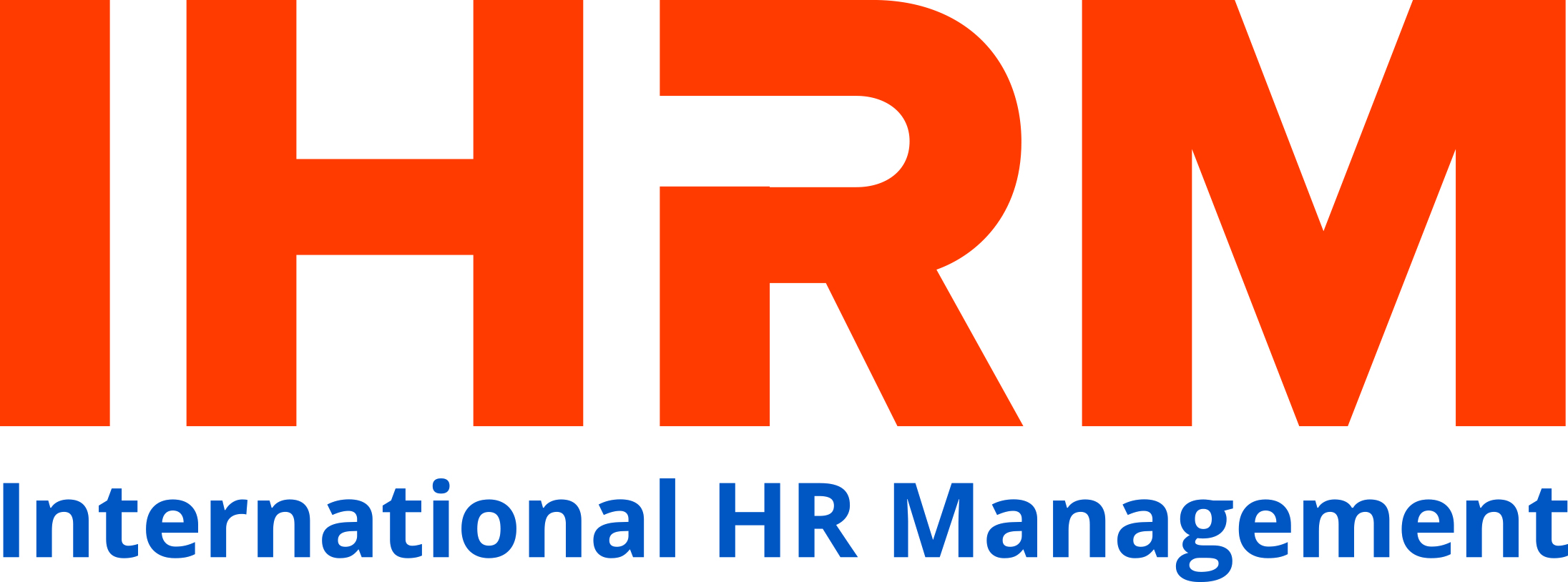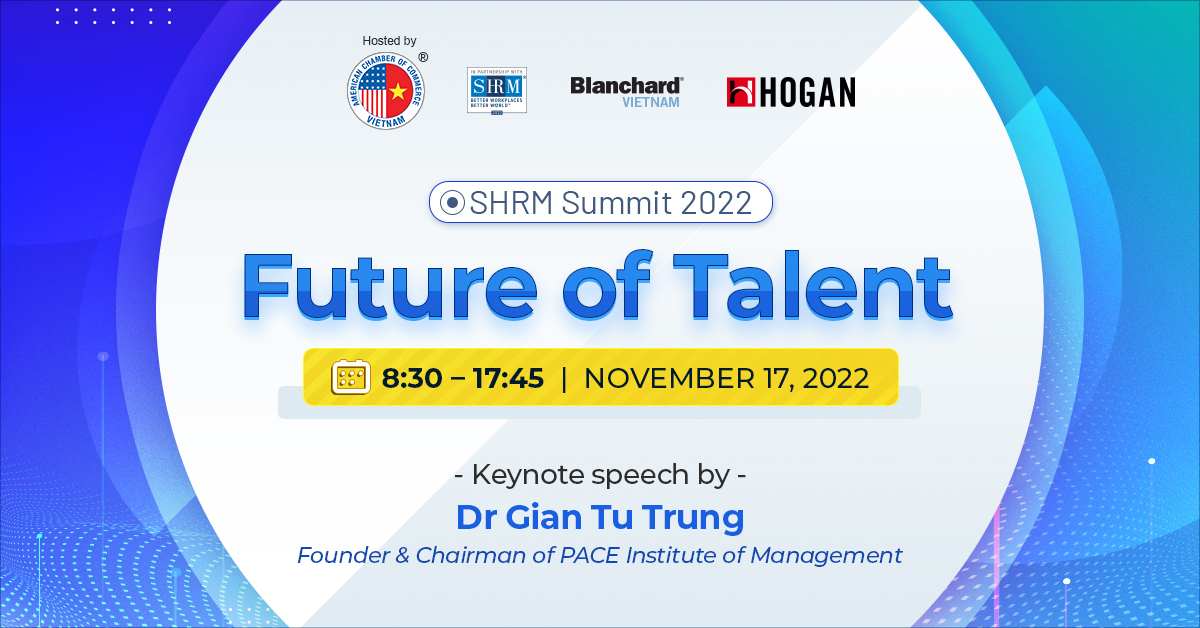MORE EMPLOYERS DITCH PERFORMANCE APPRAISALS
Doing away with formal performance reviews is a trend that continues to grow. Fewer employers conducted formal performance reviews in 2017 compared to 2016: “91% versus 94%”, said James Pennington, an attorney with Ogletree Deakins in Birmingham, Ala., at the firm's recent 2018 National Workplace Strategies Seminar, referring to a 2018 WorldatWork survey. Fewer gave formal performance ratings, too: 80% in 2017 compared to 85% in 2016. But more reported frequent - at least quarterly - informal performance check - ins in 2017: 50% in 2017 versus 42% in 2016.

Dissatisfaction with Formal Performance Appraisals
The reasons for the trend are clear. Nearly all managers (95 percent) are dissatis¼ed with formal performance appraisals, and most HR professionals (90%) think the appraisals are inaccurate, he noted, citing statistics from management research firm CEB.
Many employees don't like them either. He said common employee complaints about performance appraisals are that the reviews:
Many employees don't like them either. He said common employee complaints about performance appraisals are that the reviews:
- Do not reward high performers or deal with poor performers.
- Are disrespectful.
- Are untimely
Supervisors don't like formal reviews because they are time-consuming and don't motivate employees, he noted.
Potential Pitfalls
The formal review process is full of potential traps for the unwary. HR professionals often get blamed for the whole process, Pennington said.
Formal reviews sometimes have inappropriate comments, such as remarks suggesting someone is too old for the position because the person isn't "nimble enough" or observations about someone's Family and Medical Leave Act time oº, cautioned Rae Gross, an attorney with Ogletree Deakins in Detroit.
She noted that ratings calibration typically is conducted to correct harsh and easy graders but that calibration can be subject to legal challenges. If only outliers are discussed at calibration rather than everyone, HR and managers can't then say that all employees are reviewed during calibration, Gross noted. In addition, she said that all too often managers tell employees that they rated them higher than the rating they received after calibration, which can set up arguments that the ratings are pretext for discrimination.
Formal reviews sometimes have inappropriate comments, such as remarks suggesting someone is too old for the position because the person isn't "nimble enough" or observations about someone's Family and Medical Leave Act time oº, cautioned Rae Gross, an attorney with Ogletree Deakins in Detroit.
She noted that ratings calibration typically is conducted to correct harsh and easy graders but that calibration can be subject to legal challenges. If only outliers are discussed at calibration rather than everyone, HR and managers can't then say that all employees are reviewed during calibration, Gross noted. In addition, she said that all too often managers tell employees that they rated them higher than the rating they received after calibration, which can set up arguments that the ratings are pretext for discrimination.
Quick Check-Ins
Adobe abandoned the traditional appraisal and adopted quarterly check-ins after Adobe's then senior vice president of people resources and current. Society for Human Resource Management (SHRM) board member Donna Morris, SHRM-SCP, voiced frustration with annual performance reviews in 2012. Morris now is Adobe's executive vice president of customer and employee experience.
Expectations are set at the check-ins, feedback is provided and future development is discussed, which sounds like a performance appraisal, Gross noted. But no records or annual reviews are required, she said.
She cited a 2015 Harvard Business Review article on Deloitte's performance review process. Rather than conduct formal reviews, each quarter Deloitte asked team leaders for their level of agreement, on a scale of 1 to 5, with the following statements:
Expectations are set at the check-ins, feedback is provided and future development is discussed, which sounds like a performance appraisal, Gross noted. But no records or annual reviews are required, she said.
She cited a 2015 Harvard Business Review article on Deloitte's performance review process. Rather than conduct formal reviews, each quarter Deloitte asked team leaders for their level of agreement, on a scale of 1 to 5, with the following statements:
- I would award the employee the highest possible pay increase.
- I would always want the employee on my team.
Then Deloitte asked if each employee was at risk for low performance (yes or no) and if the worker was ready for a promotion (yes or no).
At Netflix, employees keep their jobs if their managers affirmatively answer the following question: Would you fight hard to keep this person? If the answer is no, the person is terminated with a generous severance package, Gross said.
Considerations Before Making the Switch
A lack of documentation about the reasons for diferences in pay is one factor for employers to consider before switching to informal check-ins, according to Pennington. The employer should be able to articulate legitimate nondiscriminatory reasons for the diferences, he said.
Gross noted that some employers may be concerned that employees may misuse new tools, such as crowdsourced feedback, but she said employers can plan discipline for such infractions.
Gross noted that some employers may be concerned that employees may misuse new tools, such as crowdsourced feedback, but she said employers can plan discipline for such infractions.
Best Practices with Formal Performance Reviews
Pennington said that if employers are going to continue to conduct formal performance reviews, they should ensure that they follow best practices, including:
- Writing goals at the start of the performance cycle and adjusting them if needed.
- Giving leaders guidance on making feedback an ongoing conversation.
- Using objective criteria as much as possible.
- Requiring comments and examples to support ratings.
- Allowing employee comments and an appeals process.
Source: SHRM
|
Training Program
 Internationalize the human resource management capabilities of HR professionals in Vietnam Opening Date: March 19 , 2020 in HCMC
Opening Date: March 26, 2020 in Hanoi
|










